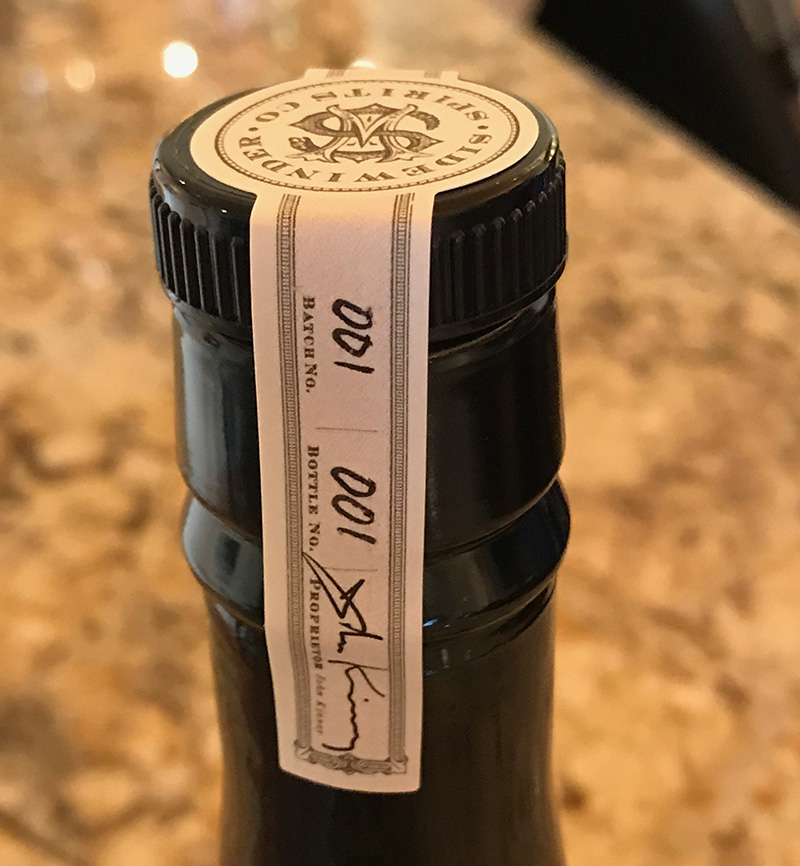Vermouth: The Concept

The seeds for making a vermouth were planted in my mind long ago through a chance encounter with the works of Ian Fleming’s James Bond and the discovery of a 1950s men’s social club, the Lower Montgomery Street Olive or Onion Society. The Olive or Onion Society had created the world’s best martini using the dry vermouth from Cresta Blanca Winery, and James Bond had picked up on this in Diamonds are Forever ( https://bit.ly/29VkTc2 ). I couldn’t resist the thought of recreating a Livermore Valley vermouth.
At the same time, the concept of Sidewinder Spirits Company was developing. It seemed natural that a vermouth, which is an aromatic wine fortified with brandy, should be the bridge between Occasio Winery and Sidewinder – a marriage of our wines and spirits. Thus, the vermouth project was born; work began in earnest toward the end of 2015.
As with everything we do, no project is started unless we feel there is a niche worth investing in. With Occasio, that niche is a terroir-driven focus on Livermore heritage varietals. But what about Sidewinder Vermouth? Clearly, Livermore had a history with vermouth, but history is not enough. Is there a niche in today’s market for vermouth that isn’t being filled by a large number of existing products?
We began by tasting every vermouth we could find: dry and sweet, domestic and foreign, and at all price points. We found few worth drinking on their own, and all had that sense of oxidation as if they had been cooked. Simply put, they seemed tired. We assumed that it was because of the way they were made, perhaps using inexpensive base wine or hasty extraction of the herbs and spices that went into their formulation. We felt there was a market for clean yet complex vermouth worth drinking on its own. It was time to learn how vermouth is made, and to see how it could be made better.
We used as our guide an annotated bibliography of all papers on vermouth prior to 1974. (Vermouth: An Annotated Bibliography by Maynard A. Amerine[1]). With this bibliography as our guide, we began a systematic search into the history and crafting of vermouth. And it is quite a history indeed, with formulas dating back to the pharaohs.
In ancient time, the addition of roots, herbs, and spices to wine was for medicinal purposes, although additions also may have been used to mask bad or adulterated wine. By the 19th century, however, vermouth was enjoyed as an aperitif before dinner and as an important addition to cocktails. With the introduction of Sidewinder’s sweet and dry vermouths, we return to these traditions where vermouth is an enjoyable aperitif on its own.
Next – formulating a vermouth for the 21st Century.
[1] John Tribuno was the owner of our nations’ largest vermouth manufacturing company – Vermouth Industries. On the death of his father, Tribuno established a fund at UC Davis to study all things related to vermouth. The annotated bibliography published in 1974 by Maynard Amerine may have been the only vermouth related work done with this grant. John died shortly after, in 1976, and the money appears to have been redirected to funding much of Ann Noble’s work in the sensory analysis of wine, leading to her development of the ‘aroma wheel.’


